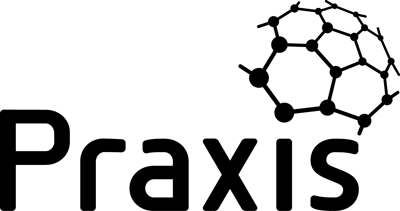Project, programme and portfolio are terms used to describe typical combinations of complexity and environment that require distinguishable approaches to governance.
The terms have been used in various ways since the origins of modern project management in the 1950s. Many argue that there is no need to distinguish between the three and that the term ‘project’ is sufficient to cover the entire range of initiatives that an organisation may undertake.
A company’s head office staff are spread across multiple offices. This is seen as inefficient and the objectives for changing the situation may be expressed in different ways:
An output could be a new corporate HQ building with the outcome being staff co-located and operational in the new HQ.
The resulting benefits would include reduced staff travel between offices and reduced facilities management costs.
The use of the three terms is a useful mechanism for describing three points in a continuous range; much as it is sometimes useful to refer to ‘colour’ and at other times useful to refer to the primary colours of red, blue and yellow. The world is seen as a vast number of colours that are combinations of the three primaries.
So it is with P3 management. Different initiatives and undertakings are combinations of project, programme and portfolio. The art of P3 management is to combine the characteristics of the three to suit each individual situation. This happens when competent people work in a mature organisation.
Projects, programmes and portfolios (P3) are discrete packages of work that are managed in order to achieve defined objectives. The way a package of work is managed depends upon its context.
Organising a small exhibition shares the same basic principles as organising an Olympics but these events present very different managerial challenges.
Delivering a construction project to a client will need a different approach to internally managing an acquisition.
The key distinguishing factor between a project, a programme and a portfolio is the complexity of the scope. The scope of projects, programmes and portfolios is initially expressed as a set of objectives. These may be expressed as outputs, outcomes or benefits, although outcomes are primarily a stepping stone from outputs to benefits rather than an end in themselves.
Work leading to a single output (i.e. low complexity of scope), is typically referred to as a project. Work that combines multiple projects with change management to deliver benefits (i.e. higher complexity of scope) is considered to be a programme.
Projects and programmes are similar in that they are unique, transient endeavours, undertaken to achieve planned inter-related objectives. This similarity is reflected in the fact that Praxis defines common life cycle processes that can be used in both cases.
Portfolios are different in that they are collections of projects and programmes whose objectives may be completely independent or related only at a strategic level. Praxis defines two types of portfolio.
A pharmaceutical or utility company may have a regulated portfolio and a non-regulated portfolio. Either portfolio could be standard or structured.
A construction company may have a portfolio of client projects and a portfolio of internal projects. The client portfolio will probably be a standard portfolio while the internal one may be structured.
A ‘standard portfolio’ comprises a set of independent projects and/or programmes. The main objective of co-ordinating a standard portfolio is to ensure that the component projects and programmes are managed in a consistently effective way.
A ‘structured portfolio’ comprises a set of projects and/or programmes that are united by a set of common strategic objectives. Structured portfolios have many more inter-relationships between the component projects and programmes and governance must be more rigorous. An example of a structured portfolio would be an organisation that repeatedly implemented the objectives of its strategic planning cycle through a rolling portfolio life cycle.
An organisation may have multiple portfolios distinguished by environment, geography or operating division.
The key to achieving capability maturity in P3 management is to tailor the approach to each set of circumstances. The first step is to choose the overall governance approach based on the complexity of the scope. Within this, the procedures, techniques, documents and competencies should be adapted to suit each individual set of circumstances.





